-
New Farming Innovation Programme funding for growers
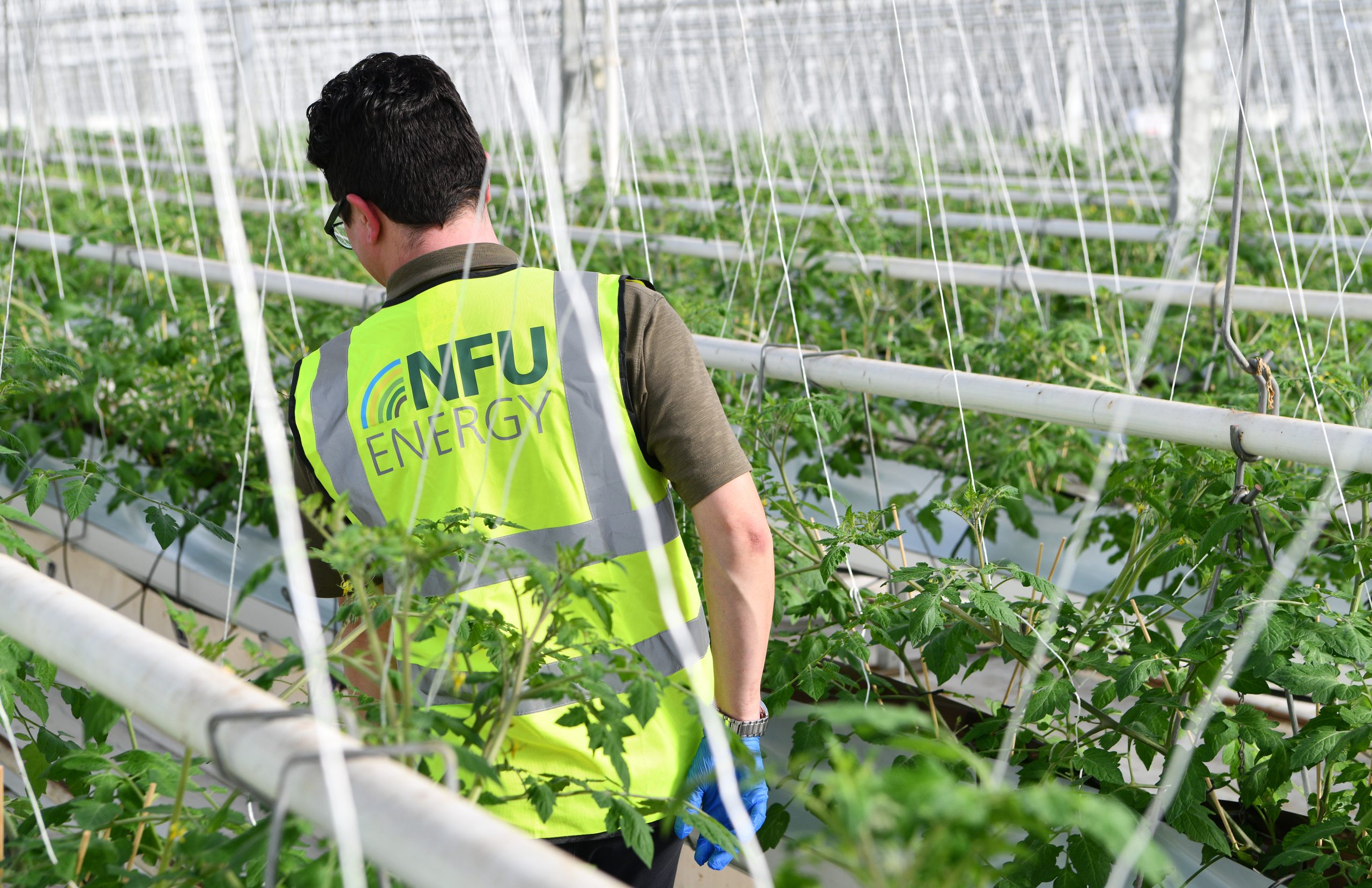
DEFRA recently announced two new funding competitions under the Farming Innovation Programme (FIP) opening this Autumn for farmers and growers. Firstly, there is Small R&D Partnerships (Round 4) – worth £7.8 million – and secondly is Feasibility Studies (Round 4) – worth £4.8 million. Both grant opportunities are focused on innovative projects but at different…
-
GrowSave Workshop 2025: Take the Lead in Carbon Reporting
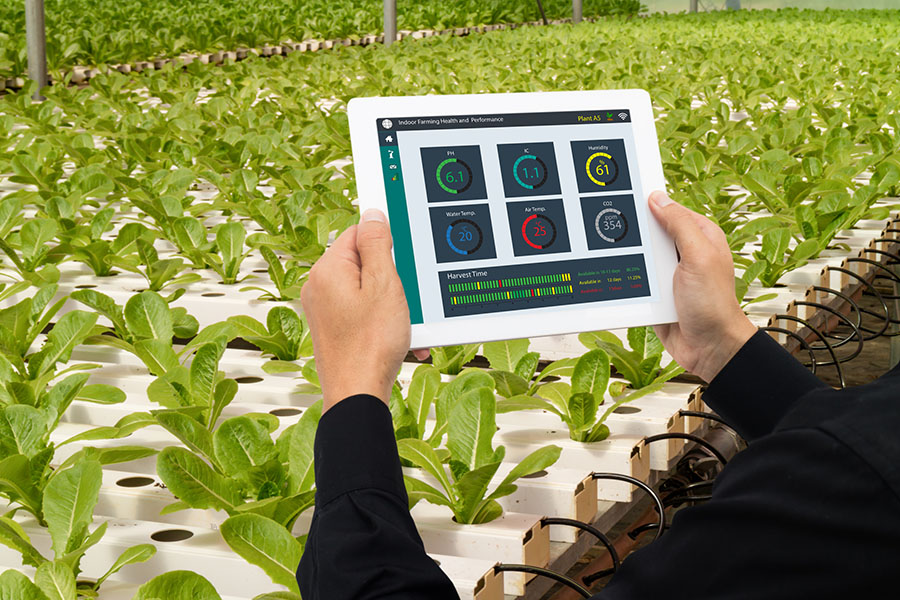
Experience a full demonstration of horticulture-specific carbon reporting tools with expert presentations and interactive sessions. Venue: Warwick Crop Centre, University of Warwick Innovation Campus, Stratford-upon-Avon, CV35 9EFTime & Date: Wednesday 17 September 2025 | 10:00–16:00 Welcome to the GrowSave Summer Workshop on Carbon Reporting! Join us at University of Warwick Innovation Campus on Wednesday 17 September, 2025 at…
-
Energy Market Update – July 2025
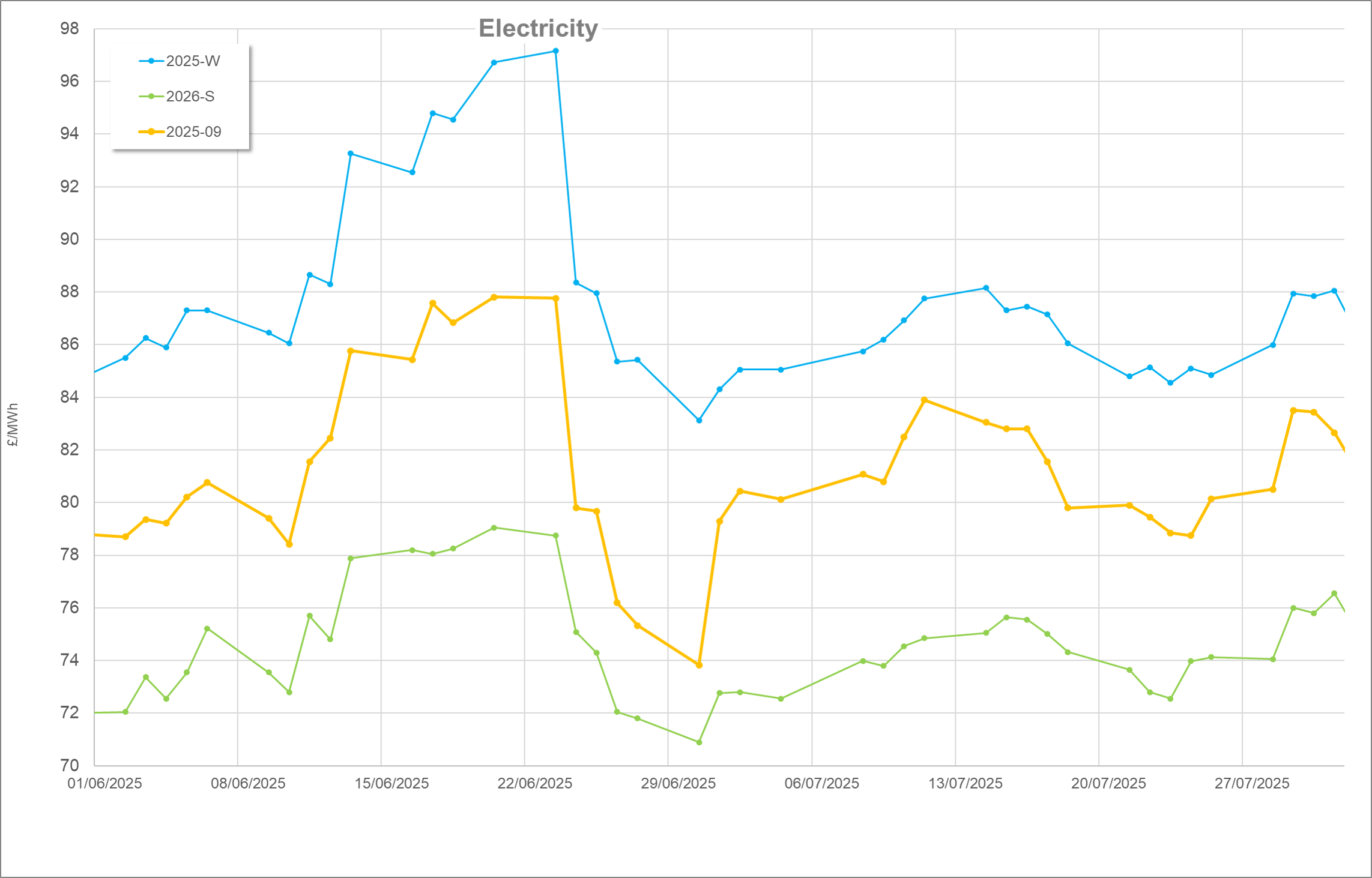
June recap In the wake of the US’s part in bombings in Iran, prices soared before quickly eroding. Curiously in the wake of these strikes, ceasefires were observed in both the Ukraine/Russia and Iran/Israel/Palestine conflicts, albeit these were short lived. Trade wars between the US and other nations, mainly China also played a part in…
-
New CCA Scheme set to launch in January 2026 for Pig, Poultry, and Horticulture Sectors

The UK Government has confirmed that a new phase of the Climate Change Agreements (CCA) scheme will begin in January 2026, offering businesses in the Pig, Poultry, and Horticulture sectors a valuable opportunity to reduce energy costs and support net-zero goals. This blog provides a quick overview of what’s coming and what you should be…
-
CHP Future Landscape in Horticulture
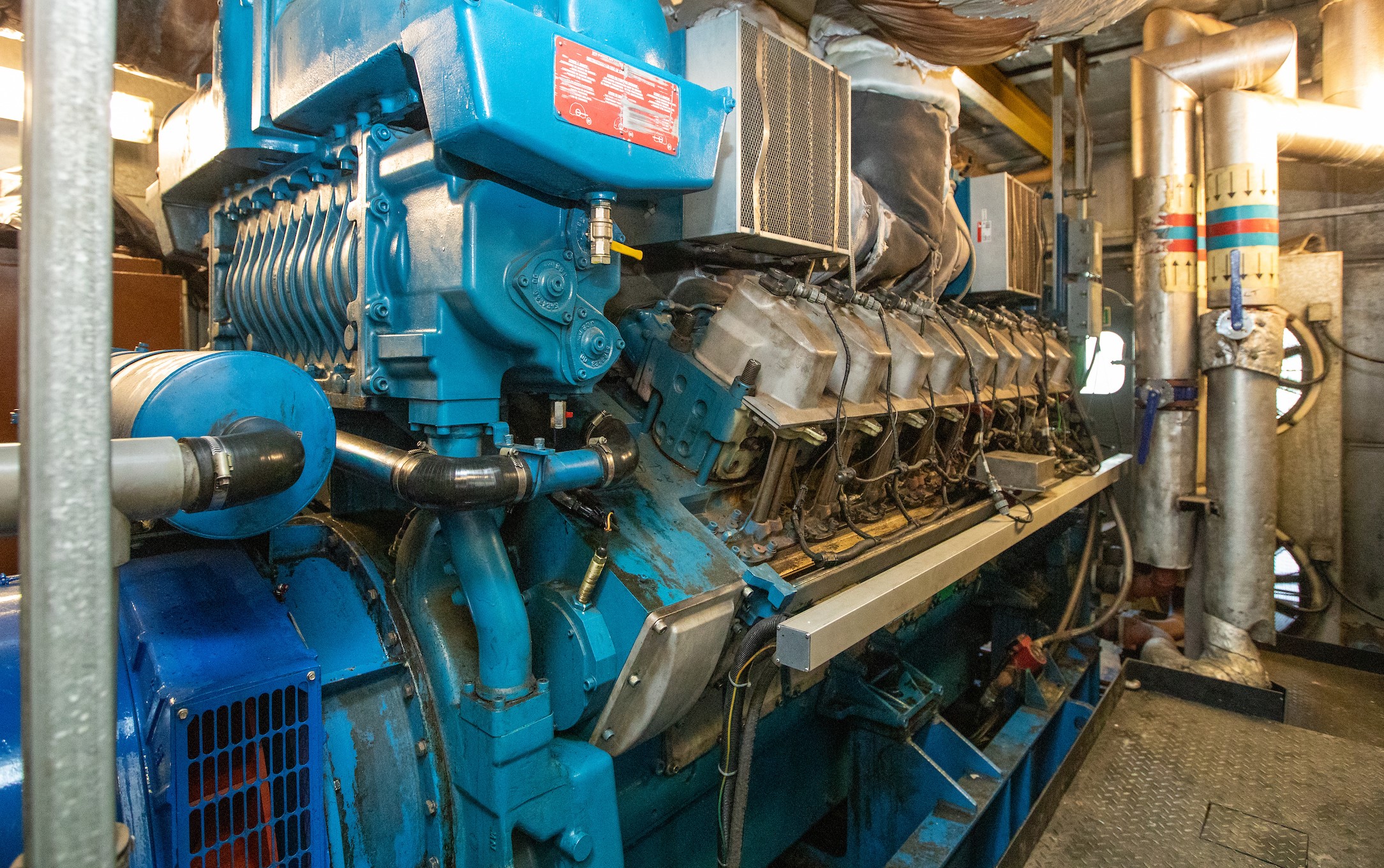
Introduction – why do we use CHP? Combined Heat and Power (CHP) is common in UK horticulture, and with good reason; each of the outputs of heat, electricity, and CO2 are useful. Having an electricity generation asset provides a lot of resilience and versatility in how a site can provide heat, light, and CO2 to…
-
Hydrogen in Horticulture
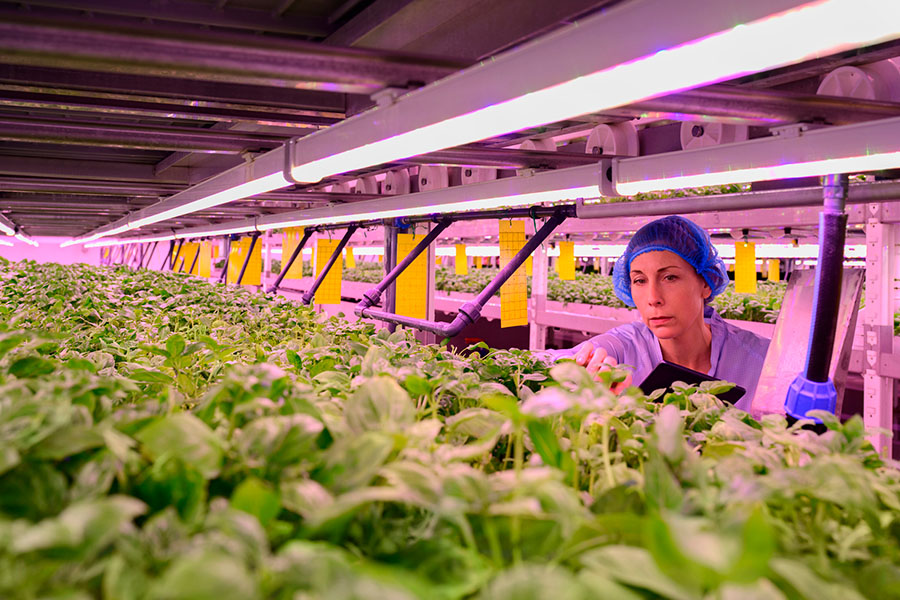
Basics of Hydrogen Hydrogen is the smallest and lightest element and forms molecular hydrogen (H2) gas at standard pressure and temperature. It’s extremely abundant, relatively easy to synthesise from water, and has a high gravimetric energy density (energy per unit mass). For these reasons, it has a lot of potential as an energy source. However,…
-
Alternative Greenhouse Materials
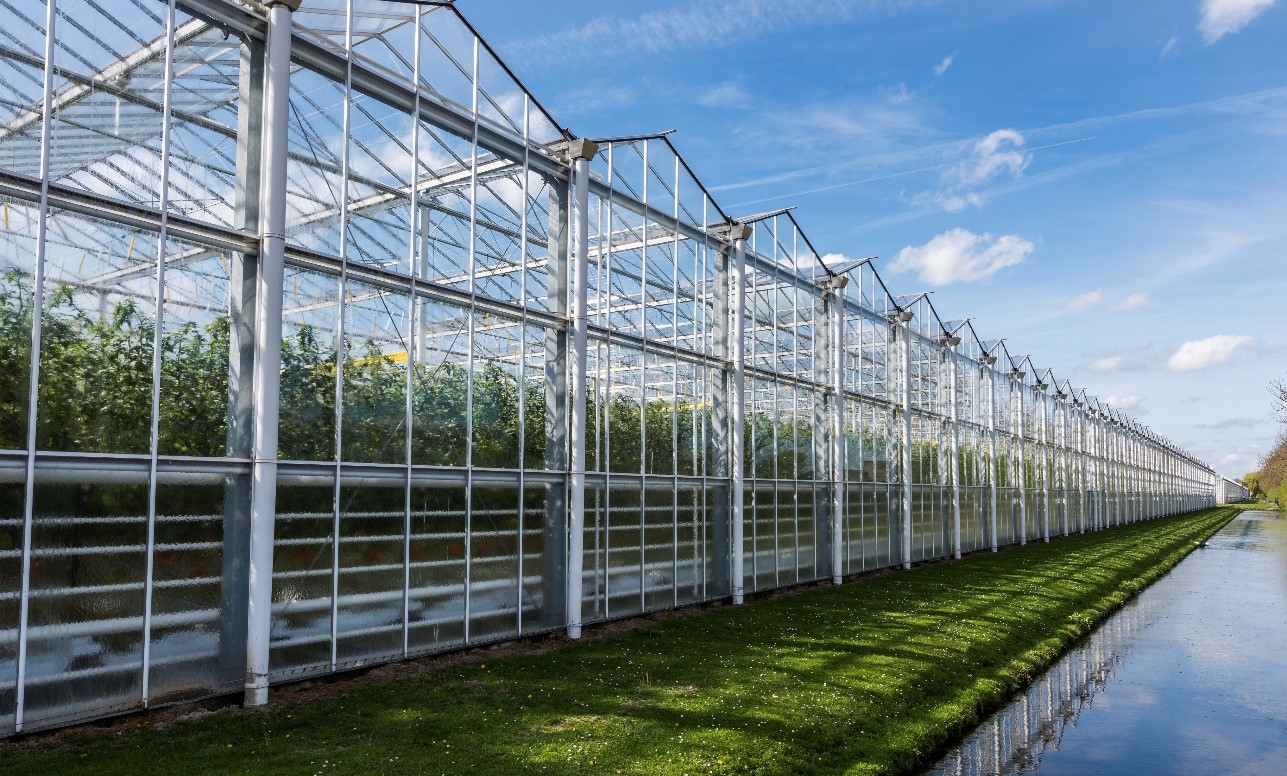
Introduction Glass has been used as a greenhouse covering material for centuries, and for good reason. Light transmission, chemical stability, resistance to ultraviolet (UV) degradation, structural integrity, and ease of cleaning are all properties that make it very well suited to the task. However, fragility and heat transmission remain poor. Considering the cost of heating…
-
Five alternative sources of CO2
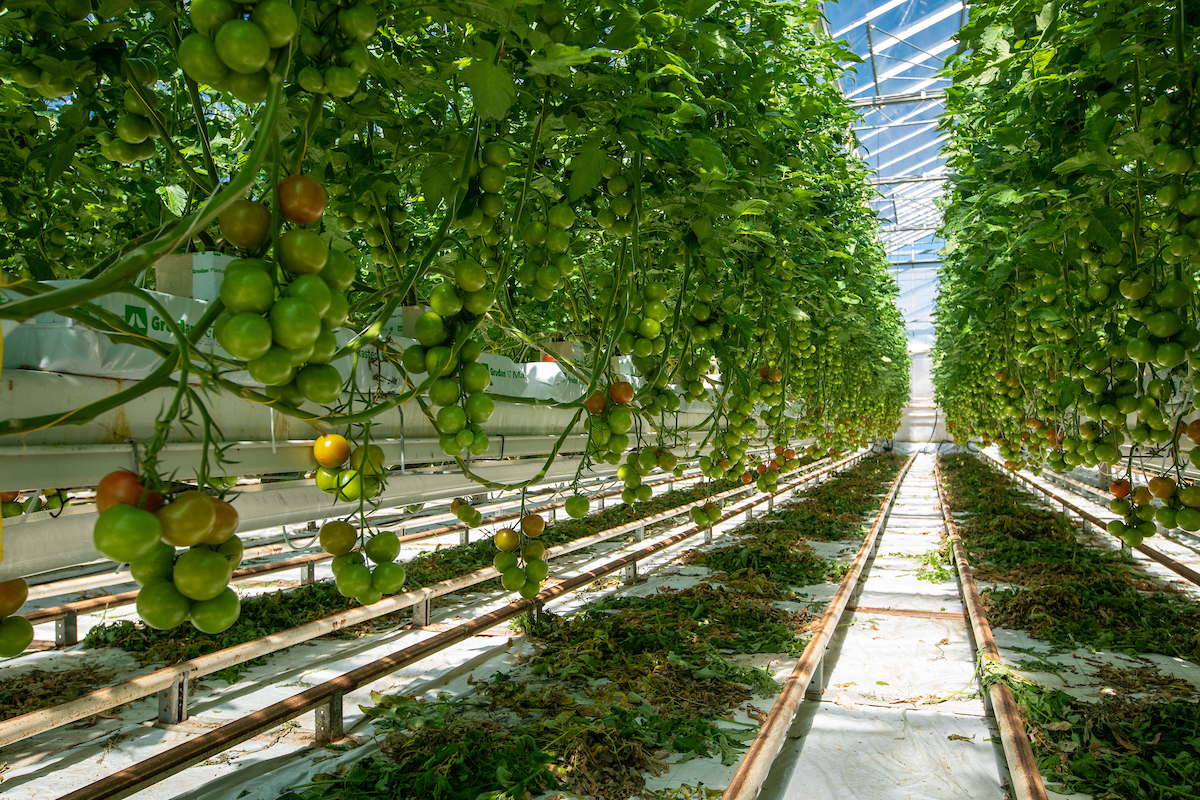
Traditional CO2 Usage Certain protected crops are commonly dosed with CO2 to benefit crop growth and improve yields. Traditionally, CO2 is delivered via one of three methods: natural gas fired boiler, natural gas fired CHP (combined heat and power), or vaporisation of liquid pure CO2. Natural gas boilers are common on protected horticultural sites due…
-
Could you benefit from the Climate Change Agreement (CCA) scheme?
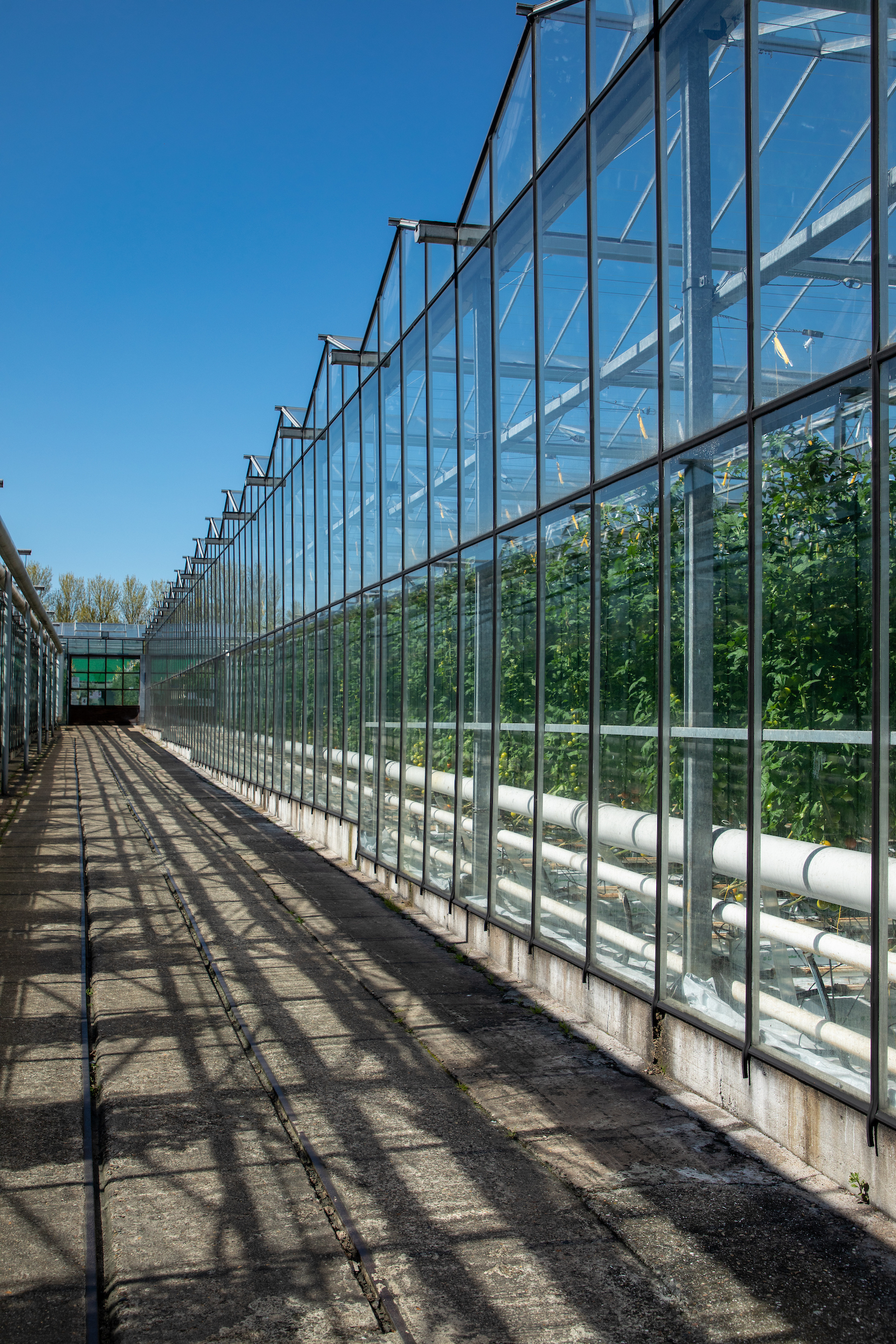
The government announced the Climate Change Levy (CCL) scheme will be extended until March 2027. The scheme has now reopened to new entrants allowing businesses that have not signed up to save up to 92% on CCL tax, if they carry out one of the many eligible processes – which includes Protected Horticulture. Businesses that…
-
What can air movement do for you
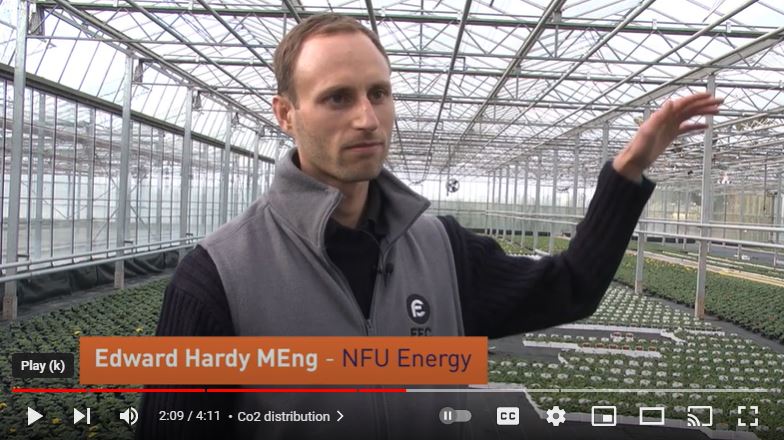
Determining what makes an optimal climate for crop quality and production, however, can be challenging, and it’s certainly worth bearing in mind that what feels comfortable to a person may be less than ideal for a crop. Air movement should be seen as a tool to help maintain an active and homogeneous climate – this…
